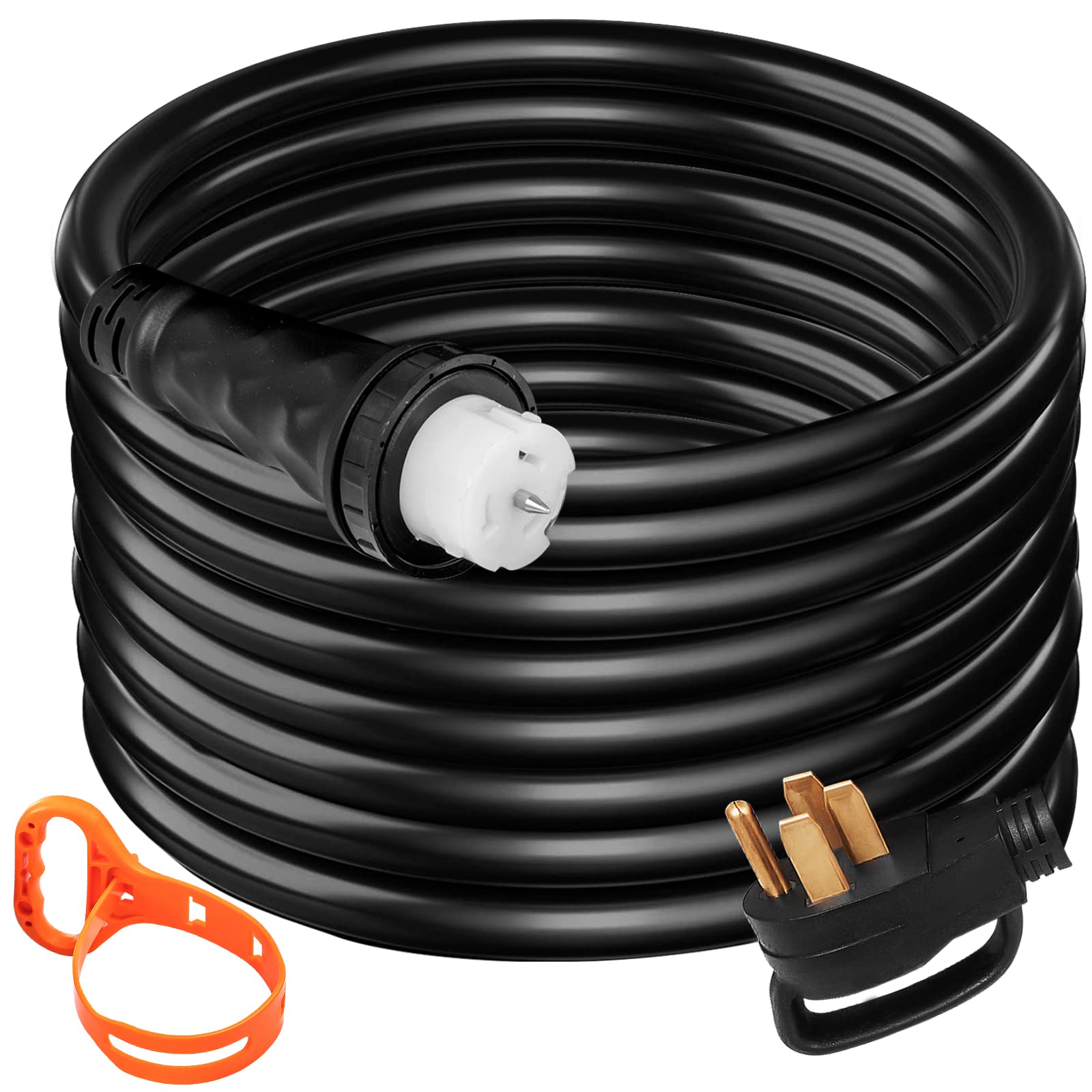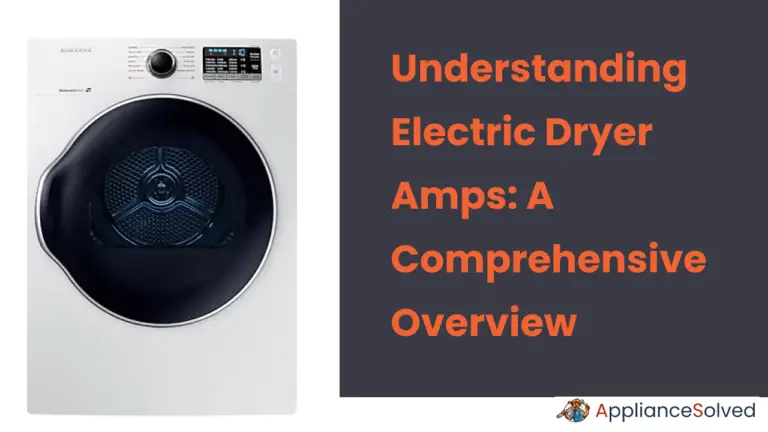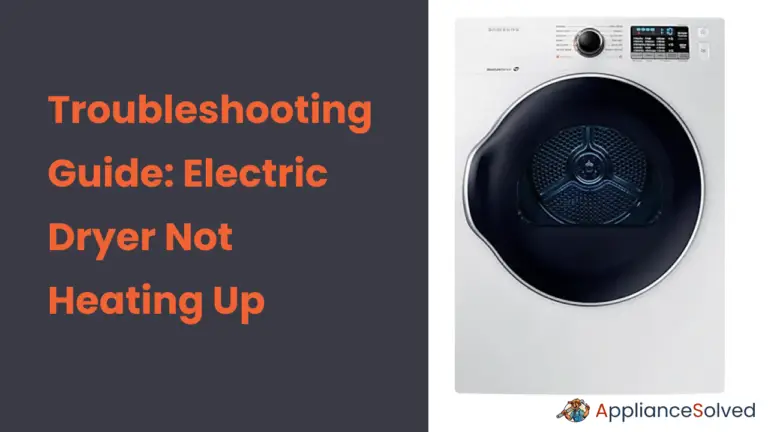50 Amp Wire Size: What You Need to Know
50 amp wire is a type of electrical wire that is rated for 50 amps of current. It is typically used in high-power applications, such as for electric stoves, dryers, and air conditioners. 50 amp wire is available in both copper and aluminum, and it is typically stranded for flexibility.
What is 50 amp wire?
50 amp wire is a type of electrical wire that is used to carry electrical current at a voltage of 50 amps. It is typically made of copper or aluminum, and it has a stranded construction. The stranded construction helps to reduce the resistance of the wire, which allows it to carry more current without overheating. Read what size wire for an electric dryer guide.
where is 50 amp wire used?
50 amp wire is used in a variety of applications, including:
- Appliance circuits
- HVAC systems
- Electrical panels
- Motors
- Generators
what are thr factors to consider while choosing 50 amp wire?
When choosing 50 amp wire, it is important to consider the following factors:
- The voltage of the circuit
- The amperage of the circuit
- The length of the wire run
- The ambient temperature
By considering these factors, you can choose the right 50 amp wire for your application.
How to choose the right 50 amp wire?
When choosing the right 50 amp wire, there are a few factors to consider. These include the type of wire, the gauge of the wire, and the length of the wire.
The type of wire you need will depend on the application. For example, you will need to use a different type of wire for a 50 amp subpanel than you would for a 50 amp outlet.
The gauge of the wire refers to the thickness of the wire. The thicker the wire, the more current it can carry. For a 50 amp circuit, you will need to use a wire with a gauge of at least 8 AWG.
The length of the wire also affects the gauge of the wire you need. The longer the wire, the thicker it needs to be to carry the current.
To determine the correct gauge of wire for your application, you can use a wire sizing chart. These charts are available online and in most electrical supply stores.
Once you have chosen the right type, gauge, and length of wire, you can install it in your circuit. Be sure to follow all of the electrical code requirements for your area.
50 amp wire size chart
The following table provides a 50 amp wire size chart for both copper and aluminum wires. The table shows the minimum wire size required for a 50 amp circuit based on the length of the run and the type of insulation.
| Wire Type | Insulation Type | Minimum Wire Size (AWG) |
|---|---|---|
| Copper | Romex | 12 AWG |
| Copper | NM | 10 AWG |
| Aluminum | Romex | 10 AWG |
| Aluminum | NM | 8 AWG |
what is the cost of 50 amp wire?
The cost of 50 amp wire varies depending on the type of wire, the length of the wire, and the retailer. In general, 50 amp wire costs between $0.50 and $2.00 per foot.
Here are some examples of 50 amp wire costs:
- 100 feet of 12 AWG copper wire costs between $50 and $100
- 100 feet of 10 AWG copper wire costs between $75 and $150
- 100 feet of 8 AWG copper wire costs between $100 and $200
It is important to note that the cost of 50 amp wire is only one factor to consider when choosing a wire for your project. You should also consider the type of wire, the length of the wire, and the installation requirements.

waht is 50 amp wire Installation?
50 amp wire is a type of electrical wire that is used to carry high currents. It is important to use caution when working with 50 amp wire, as it can be dangerous if not handled properly.
Here are some safety tips for working with 50 amp wire:
- Always wear gloves when working with electrical wires.
- Turn off the power to the circuit before working on it.
- Use a voltage tester to make sure that the circuit is off before working on it.
- Be careful not to damage the insulation on the wire.
- Do not bend the wire too tightly.
- Do not staple the wire to the wall.
By following these safety tips, you can help to prevent electrical accidents.
what is 50 amp wire safety?
When working with 50 amp wire, it is important to take precautions to ensure safety. Here are some tips:
Use the correct wire gauge
The wire gauge must be appropriate for the current load. Using a wire that is too small can result in overheating and a fire hazard.
Install the wire in a proper manner
The wire must be secured in place and protected from damage.
Test the wire before use
A continuity test should be performed to ensure that the wire is not damaged.
Be aware of the electrical hazards associated with 50 amp wire
50 amp wire can carry a significant amount of current, which can be dangerous if not handled properly.
By following these tips, you can help to ensure the safety of yourself and others when working with 50 amp wire.
what are the 50 amp wire alternatives?
There are a few alternatives to 50 amp wire that you can use for your electrical projects. These include:
- 100 amp wire
- 200 amp wire
- 300 amp wire
- 400 amp wire
Each of these alternatives has its own advantages and disadvantages, so you will need to choose the one that is best suited for your project.
For example, 100 amp wire is a good option for general-purpose applications, while 200 amp wire is better suited for larger appliances and equipment. 300 amp wire is ideal for high-power applications, such as electric car charging stations, and 400 amp wire is the most powerful option and is typically used for industrial applications.
It is important to note that the size of the wire you use must be appropriate for the load that it will be carrying. If you use a wire that is too small, it will overheat and could cause a fire. If you use a wire that is too large, it will be more expensive and will not provide any additional benefit.
To choose the right wire size for your project, you will need to know the voltage and amperage of the load. You can then use a wire sizing chart to determine the correct size wire to use.
FAQs 50 amp wire
What is the difference between 50 amp wire and 60 amp wire?
The main difference between 50 amp wire and 60 amp wire is the wire size. 50 amp wire is typically 10 AWG, while 60 amp wire is typically 8 AWG. This means that 50 amp wire can carry less current than 60 amp wire.
What is the maximum length of 50 amp wire?
The maximum length of 50 amp wire depends on the type of wire and the temperature rating. For example, THHN wire can be up to 100 feet long at 75 degrees Fahrenheit, while THWN wire can be up to 200 feet long at 75 degrees Fahrenheit.
What is the cost of 50 amp wire?
The cost of 50 amp wire varies depending on the type of wire and the length. For example, a 100-foot spool of THHN wire 10 AWG costs around $20, while a 200-foot spool of THWN wire 8 AWG costs around $40.
How do I install 50 amp wire?
Installing 50 amp wire is a relatively simple process, but it is important to follow the proper safety precautions. First, turn off the power to the circuit you are working on. Then, strip the insulation from the ends of the wire. Next, connect the wire to the breaker box and the outlet. Finally, put the insulation back on the wire and turn the power back on.
What are the safety risks of 50 amp wire?
The main safety risk associated with 50 amp wire is electrical shock. If you are not familiar with electrical wiring, it is important to hire a qualified electrician to install 50 amp wire.
What are some alternatives to 50 amp wire?
A: There are a few different alternatives to 50 amp wire, including 60 amp wire, 100 amp wire, and copper clad aluminum wire. Each type of wire has its own advantages and disadvantages, so it is important to choose the right type for your project.







